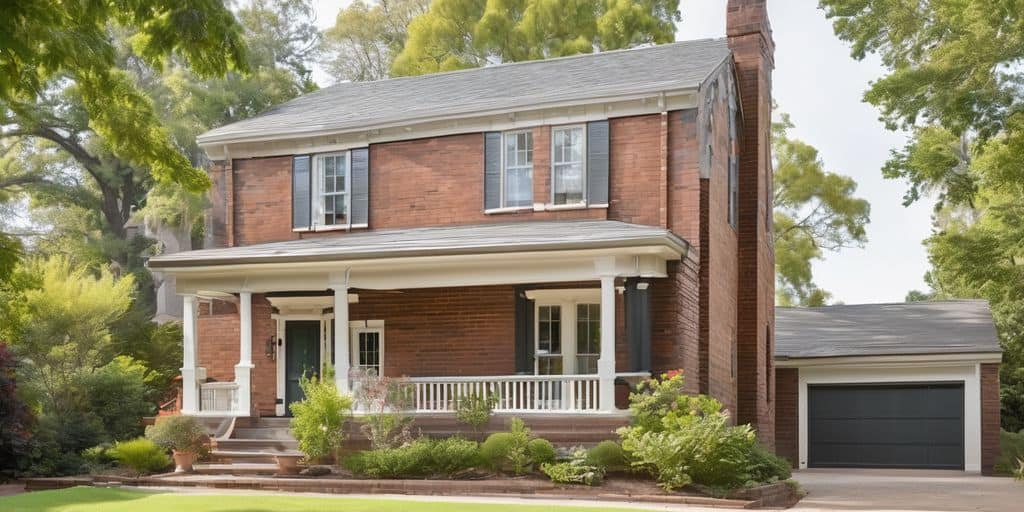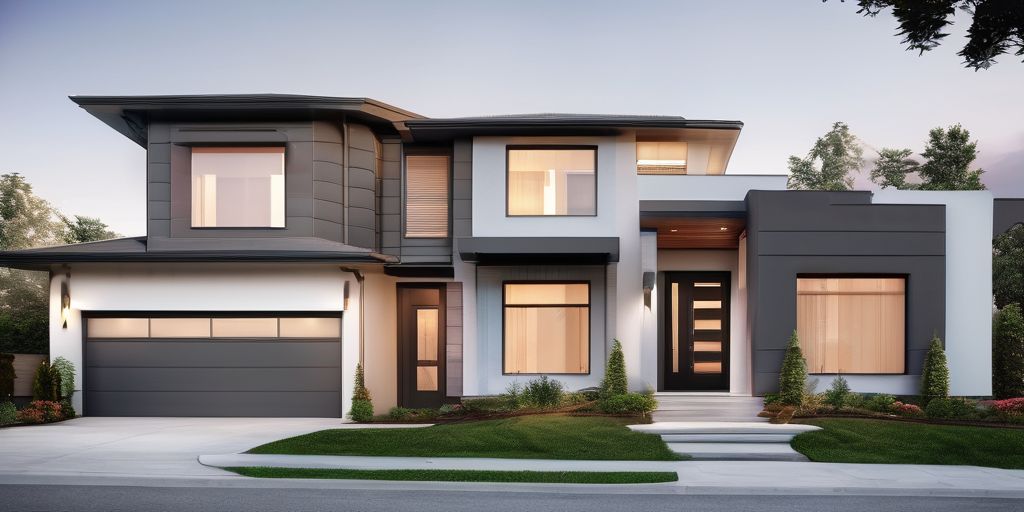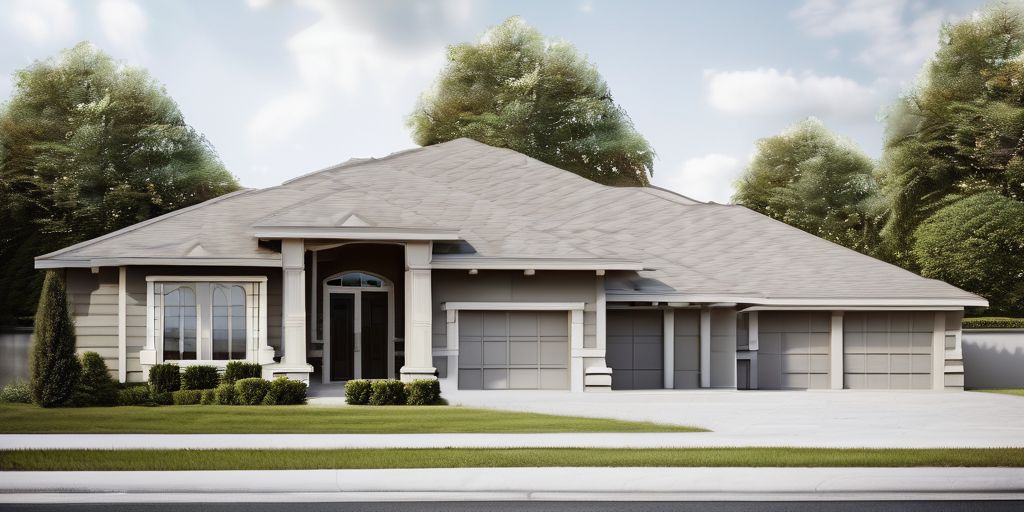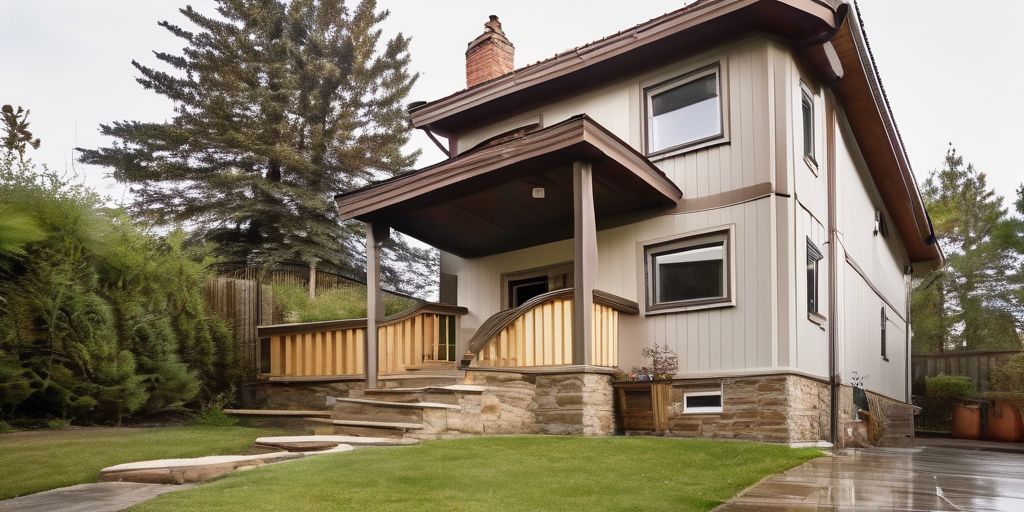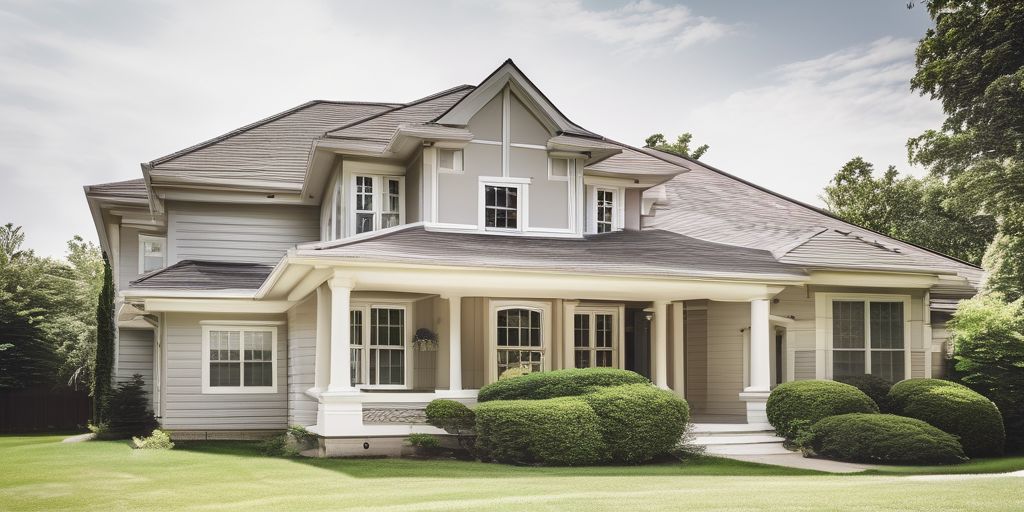When it comes to enhancing the curb appeal of your home in Hamilton, selecting the right exterior brick paint is crucial. The local climate poses unique challenges, from intense sunlight to freezing temperatures, making it essential to choose a paint that is durable, UV-resistant, and aesthetically pleasing. This article will guide you through the various aspects of outdoor brick painting, including the impact of Hamilton’s climate, the types of paint available, preparation steps, application techniques, and maintenance tips.
Key Takeaways
- Understanding Hamilton’s climate is essential for choosing the right brick paint.
- Acrylic, latex, and oil-based paints each have their pros and cons.
- Proper surface preparation is crucial for a lasting paint job.
- Different application techniques can affect the durability of the paint.
- Regular maintenance is key to preserving the appearance of painted brick surfaces.
Understanding the Climate Impact on Brick Paint in Hamilton
Hamilton’s climate presents unique challenges for painting outdoor brick surfaces. The city’s weather patterns, including sunlight, temperature fluctuations, and humidity, can significantly affect the longevity and appearance of brick paint. Here are some key factors to consider:
Sunlight and UV Exposure
Hamilton experiences varying levels of sunlight throughout the year. Selecting exterior brick paint for sunlit areas in Hamilton involves understanding climate, UV resistance, color choices, and proper application techniques for durability and aesthetic appeal. UV rays can cause paint to fade and deteriorate over time. To combat thi s, choose paints with high UV resistance and consider lighter colors that reflect sunlight better.
Temperature Fluctuations
Hamilton’s temperature can swing dramatically between seasons. These fluctuations can cause brick surfaces to expand and contract, leading to potential cracking and peeling of the paint. Opt for flexible paints that can withstand these changes without losing adhesion. It’s also advisable to paint during moderate weather conditions to ensure proper drying and curing.
Humidity and Moisture
Humidity levels in Hamilton can be quite high, especially in the summer months. Moisture can seep into the brick and cause the paint to bubble or peel. To prevent this, ensure the brick surface is thoroughly cleaned and dried before painting. Using a moisture-resistant primer can also help in creating a more durable finish.
When painting exterior brick in Hamilton, it’s essential to consider the local climate to ensure a long-lasting and visually appealing result.
Choosing the Right Type of Brick Paint
Selecting the appropriate brick paint is crucial for ensuring durability and weather resistance, especially in Hamilton’s variable climate. Understanding the pros and cons of different types of brick paint can help homeowners make an informed choice that suits their specific needs.
Acrylic vs. Latex Paints
Acrylic and latex paints are popular choices for outdoor brick surfaces. Acrylic paint is known for its durability and flexibility, allowing the brick to breathe and preventing moisture from becoming trapped. Latex paint, on the other hand, is easy to apply and clean up, making it a convenient option for many homeowners. However, it may not be as long-lasting as acrylic paint.
Oil-Based Paints
Oil-based paints offer a durable and glossy finish, making them suitable for high-traffic areas. They are resistant to chipping and peeling, providing a long-lasting protective layer. However, oil-based paints can be more challenging to apply and require longer drying times. Additionally, they often contain higher levels of volatile organic compounds (VOCs), which can be a concern for indoor air quality.
Eco-Friendly Options
For those looking to minimize their environmental impact, eco-friendly brick paints are available. These paints are typically low in VOCs and made from sustainable materials. They provide a durable finish while being kinder to the environment. When choosing an eco-friendly option, it’s essential to ensure that the paint still offers the necessary protection and longevity for outdoor use.
It’s essential to choose a paint that not only complements the brick but also stands up to the local climate. This will ensure that the aesthetic qualities of your home remain intact over the years.
Preparation Steps for Painting Outdoor Brick
Before diving into painting outdoor brick, it’s essential to follow a series of preparation steps to ensure a durable and aesthetically pleasing finish. Proper preparation can make all the difference in the longevity and appearance of your painted brick surface.
Application Techniques for a Lasting Finish
Brush vs. Spray Application
When it comes to painting outdoor brick, you have two primary methods: brush and spray. Each has its own set of advantages and disadvantages.
- Brush Application: Ideal for detailed areas and smaller surfaces. It allows for more control and precision, especially around edges and corners.
- Spray Application: Perfect for covering large areas quickly and evenly. This method ensures a uniform coat, which is particularly useful for expansive or irregular surfaces.
Combining both techniques can ensure a durable and attractive finish, maximizing the efficiency and quality of your exterior paint job.
Layering and Drying Times
Proper layering and drying times are crucial for a lasting finish. Here are some key points to consider:
- Primer Layer: Always start with a primer to ensure better adhesion and longevity of the paint.
- First Coat: Apply the first coat evenly and allow it to dry completely. This usually takes about 4-6 hours, depending on the weather conditions.
- Second Coat: Apply a second coat for added durability and a richer color. Make sure the first coat is fully dry before applying the second one.
Weather Considerations
Weather plays a significant role in the success of your painting project. Here are some tips to keep in mind:
- Avoid Extreme Temperatures: Painting in very hot or very cold conditions can affect the paint’s ability to adhere and dry properly.
- Humidity Levels: High humidity can prolong drying times and may lead to a less durable finish.
- Rain and Wind: Always check the weather forecast and avoid painting on rainy or windy days to prevent uneven application and other issues.
By evaluating sheen options for painted brick homes in Hamilton, you can ensure that your exterior not only looks good but also stands the test of time.
Taking these factors into account will help you achieve a lasting and visually appealing finish for your outdoor brick surfaces.
Combining Brick Paint with Other Exterior Materials
When painting outdoor brick, it’s essential to consider how the new color will interact with other exterior materials. This can significantly enhance your home’s curb appeal and create a cohesive look. Here are some tips for combining brick paint with various materials:
Wood and Brick Combinations
Combining painted brick with wood elements can create a warm and inviting exterior. Consider these points:
- Match or complement: You can either match the paint color with your wood siding for a uniform look or choose a complementary color that accentuates the brick’s natural beauty.
- Consider the undertones: Pay attention to the undertones of your wood elements. Select a brick paint that harmonizes with these subtleties for a seamless transition.
- Balance with contrast: If your wood is a neutral color, consider a brick paint that offers a subtle contrast. This can add depth and interest to your exterior.
Metal Accents
Incorporating metal accents with painted brick can give your home a modern and sleek appearance. Here are some ideas:
- Use metal trim or railings to highlight architectural features.
- Choose a brick paint color that complements the metallic finish, such as a cool gray or a bold black.
- Metal accents can also be used to create a striking contrast with the brick, adding a contemporary touch to your home.
Stone and Brick Blends
Blending stone with painted brick can create a rich and textured exterior. Consider the following tips:
- Select a brick paint color that complements the natural tones of the stone.
- Use stone as an accent material around entryways, windows, or as a feature wall.
- The combination of stone and painted brick can add a sense of permanence and elegance to your home.
When choosing colors and materials, always consider the overall aesthetic you want to achieve. A well-thought-out combination can make your home stand out in the neighborhood, whether you’re near the bustling Hamilton Farmers’ Market or in a quiet suburban area.
Maintenance Tips for Painted Brick Surfaces
Maintaining the appearance and durability of your painted brick exterior is crucial for the longevity of your home’s facade. Here are some tips to help you keep your brick in top condition:
Maintaining painted brick surfaces can be a breeze with the right tips and tricks. Regular cleaning, timely touch-ups, and using the right sealants can keep your brick looking fresh and vibrant for years. For more detailed advice and professional services, visit our website and explore our comprehensive range of exterior painting solutions. Don’t miss out on our expert guidance to keep your home looking its best!
Conclusion
In conclusion, painting the exterior brick of your Hamilton home is a decision that comes with both benefits and challenges. By carefully considering factors such as the local climate, sun exposure, and the architectural style of your property, you can select a paint that not only enhances the aesthetic appeal of your home but also provides long-lasting protection. Whether you choose to undertake the project yourself or hire a professional, the right choice of paint can transform your home’s exterior, making it a true reflection of your personal style while standing up to Hamilton’s diverse weather conditions.
Frequently Asked Questions
What are the benefits of using high-quality brick paint for my Hamilton home?
High-quality brick paint offers better adhesion, durability, and resistance to weather conditions, ensuring a longer-lasting finish that can withstand Hamilton’s varied climate.
How do I choose the right type of paint for my brick exterior?
Consider factors like UV resistance, durability, and compatibility with Hamilton’s climate. Acrylic and latex paints are popular for their flexibility and longevity, while oil-based paints offer a more traditional finish. Eco-friendly options are also available for those concerned about environmental impact.
What preparation steps are necessary before painting outdoor brick?
Proper surface preparation is crucial. This involves cleaning and repairing the brick surface, applying a suitable primer, and selecting the right tools for the job to ensure a smooth and lasting finish.
How can I ensure a long-lasting finish when painting outdoor brick?
Use high-quality paint, apply multiple layers with appropriate drying times between coats, and consider weather conditions during application. Regular maintenance, such as cleaning and touch-up painting, also helps prolong the finish.
Can I combine brick paint with other exterior materials?
Yes, brick paint can be combined with other materials like wood, metal, and stone to create a cohesive and aesthetically pleasing exterior. Ensure compatibility of materials and consult with a professional if needed.
What maintenance tips should I follow for painted brick surfaces?
Regularly clean the painted surface, perform touch-up painting as needed, and inspect for any damage or wear. Hiring a professional for periodic maintenance can also help keep the brick looking its best.

